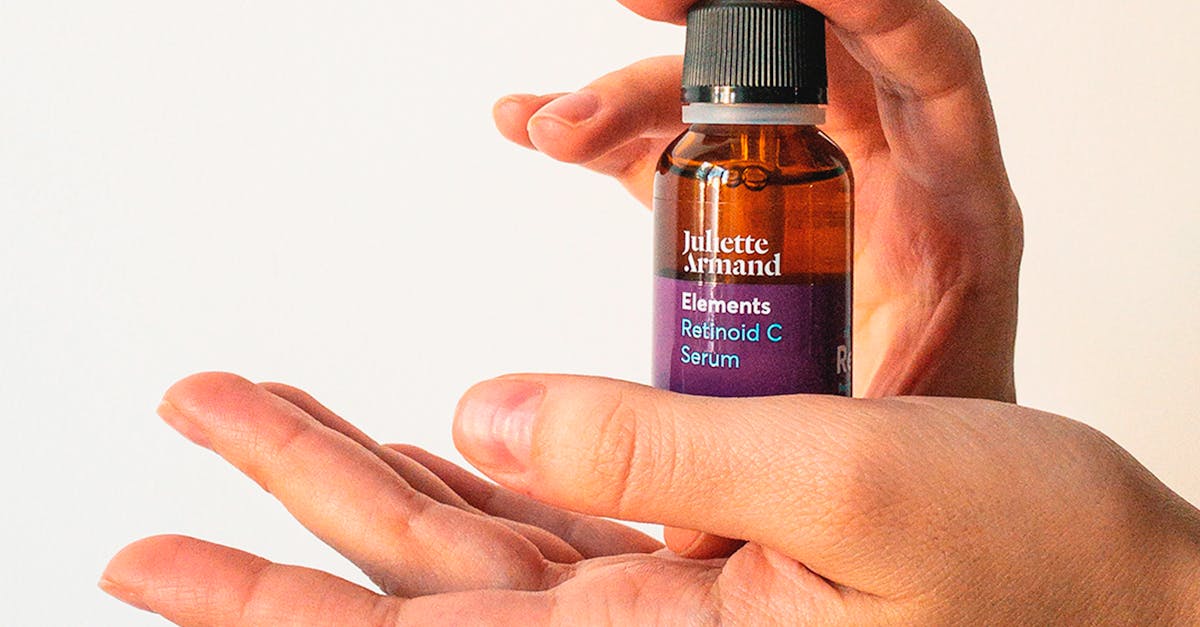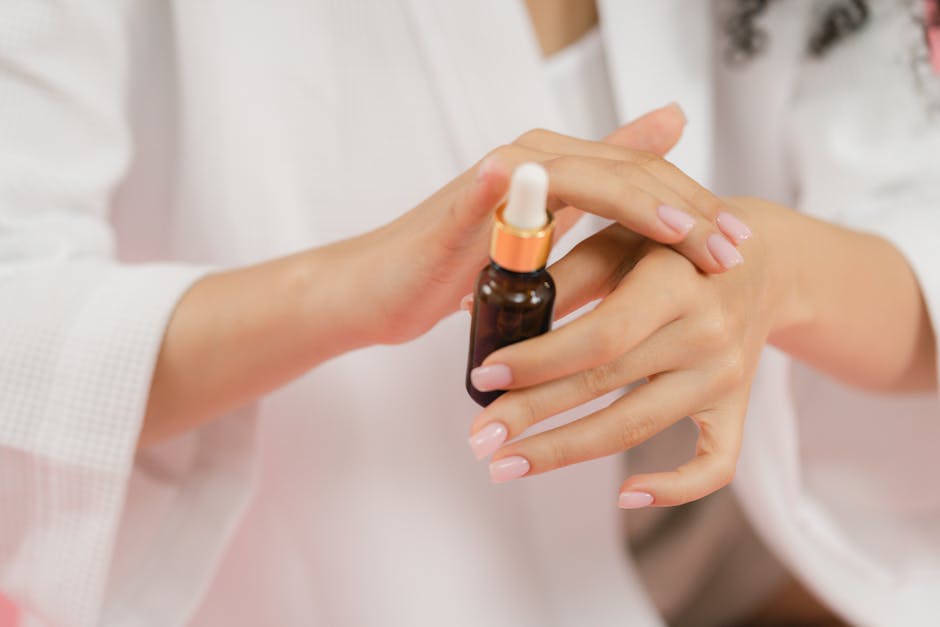Are Retinol and retinoid interchangeable?
Retinoids are vitamin A-based medications used to treat various skin disorders. Studies show that vitamin A derivatives can reduce acne lesions by 60% in 12 weeks, demonstrating their significant impact on skin health. Retinol is one of several vitamin A compounds classified as retinoids. Retinol and retinoids are similar but not identical—think of them as cousins, not twins. In this article, we’ll discuss “Retinoid vs Retinol: Similarities & Differences”.
Retinoids and Retinol are skincare heavyweights, known for fighting aging and acne. Yet, many remain unsure about their differences, uses, and which to pick. Are they the same? Which acts faster? Is one better for sensitive skin? These questions matter for achieving clear, youthful skin without trial and error.
This guide explains ‘Retinoids vs. Retinol: Similarities & Differences’—covering what they are, how they work, ways to use them, side effects, and how to choose what suits your skin best.
What Are Retinoids?
“‘Retinoid’ is essentially a basic umbrella term for both over-the-counter retinol and prescription retinoids,” Levin explains.
Retinoids, made from vitamin A, are skincare powerhouses. They accelerate skin renewal, thicken the skin, boost collagen production, and keep pores clear. These effects help treat acne, fine lines, discoloration, and rough texture. Studies show some retinoids reduce acne lesions by 60% and fine lines by 30% in 12 weeks. Their strengths and speed make them a top pick for significant skin changes.
Different Types of retinoids include:
Tretinoin (second name Retin-A): This topical retinoid is recommended. The prescription medicine-strength retinoic acid acts directly without conversion. Commonly used for acne and aging.
Adapalene: A synthetic retinoid (like Differin) is best for sensitive skin because it treats acne well and causes less irritation than other prescription retinoids. Once only by prescription, it’s now sold OTC in lower doses.
Tazarotene: A very effective topical retinoid, used for acne, psoriasis, and hyperpigmentation at lower doses. Treating psoriasis often needs more potent doses.
Retinaldehyde and Retinol are popular skincare ingredients. They may deliver anti-aging effects faster (up to 11 times) than traditional Retinol. Small studies involving approximately 50 people found that these OTC retinoids may be less irritating and easier to tolerate. One study in the Journal of Dermatological Science showed retinaldehyde gave quicker results than Retinol over 12 weeks. However, larger studies are needed to confirm these findings.
Retinoids are potent and fast-acting, but often come with a higher risk of irritation, especially during the initial adjustment period (also known as the “retinoid purge”).
What Is Retinol?
Retinol is a commonly used, gentle retinoid found in over-the-counter skincare products. It’s the gold standard for OTC vitamin A treatments. While not fast-acting, its slow skin conversion process makes it less harsh, allowing users to achieve results with fewer side effects.
Retinol → Retinaldehyde → Retinoic Acid (the active form)
Each conversion step weakens the compound slightly, which makes Retinol gentler and less likely to cause side effects. The flip side is that it also acts more slowly than more potent retinoids, such as tretinoin.
Although milder, Retinol is still effective. It’s a common anti-aging and acne ingredient that helps smooth lines, improve skin texture and tone, and prevent clogged pores with consistent use.
Differences: Retinoids vs Retinol
Potency: Retinoids are stronger than Retinol. Prescription types like tretinoin and tazarotene are active or require minimal conversion, making them most effective for severe acne, deep wrinkles, or stubborn hyperpigmentation.
Speed: Thanks to their strength, retinoids deliver results faster than Retinol. This is helpful for those seeking quick changes.
Skin Compatibility: Retinoids are potent and effective, but they can often cause increased dryness, redness, and peeling, especially initially. Retinol is milder, activates after skin conversion, works more slowly, but is less irritating. It’s ideal for beginners and those with sensitive skin, or for those seeking gradual improvement.
Similarities: Retinoids vs Retinol
Retinoids and Retinol deliver similar benefits over time. Both work toward the same end goals. The journey differs in terms of speed and sensitivity. Both:
1. Stimulate Collagen Production: They help plump up skin and reduce the appearance of fine lines and wrinkles.
2. Increase Cell Volume: This throws off dead skin cells, promoting fresher, smoother skin.
3. Prevent Clogged Pores: Helps reduce and prevent acne and blackheads.
4. Hyperpigmentation: They balance out skin tone and fade dark spots caused by sun exposure or acne scars.
5. Improve Skin Texture: With continued use, skin feels smoother and looks more refined.
Which One Should You Use: Retinoids or Retinol?
People should start with low-strength Retinol and slowly increase it. Once adjusted, consider prescription options. Select options based on your skin type, goals, and tolerance. If you have sensitive skin or are new to vitamin A, start with Retinol. For tougher concerns or if Retinol works well for you, consider a prescription retinoid.
To help choose, rate your skin sensitivity from 1 (very sensitive) to 5 (not sensitive at all). This self-check can guide you and smooth your transition to vitamin A products.
Use Retinoids. If you’ve:
- Use retinoids if you have moderate to severe acne that hasn’t improved with OTC products; wrinkles, sun damage, or melasma; have used Retinol successfully and want stronger results; or a dermatologist prescribes it.
Use Retinol if you’re:
- Use Retinol if you are new to vitamin A products, have dry or sensitive skin, or your focus is prevention. Start slowly to build tolerance.
How to Use Them Safely and Effectively
- Start with a small amount and slowly increase as your skin adjusts.
- Initially, use 2-3 nights a week, then increase the frequency as tolerated.
- Night use is best, but with regular morning sunscreen, daytime use is possible.
- Cleanse gently and wait 20 minutes before applying Retinol.
- Apply moisturizer before and after Retinol, especially on sensitive skin.
- Dryness and flakiness are common at first; space out use if needed.
- Side effects usually ease as your skin adapts.
- Use SPF 30+ daily. Visible results often take 8-12 weeks. Stay consistent.
Side Effects: What to Expect?
Side effects are most common in the first 2-6 weeks. This adjustment period is known as “retinization.” Most users notice these effects subside by the end of week 6.
- Flakiness or peeling: Typically fades as your skin adapts.
- Dry patches: Generally diminish with regular use and moisturization.
- Redness or irritation: Often reduces after the first few weeks.
- Stinging or burning: Calms down as your skin builds tolerance.
- Hyperpigmentation and discoloration: Tends to resolve with consistent application.
- Skin swelling: Usually lessens as your skin gets accustomed.
- Itching: Decreases with ongoing use.
- Temporary purging typically clears up as the skin adjusts to the treatment.
How to Reduce Side Effects:
- Apply every third night and slowly increase. The sandwich method is the best way to use retinoid: moisturizer → retinoid → moisturizer.
Pair with barrier-repair ingredients, such as ceramides, peptides, and hyaluronic acid. Individuals with dry and sensitive skin should begin with a lower potency and gradually increase their tolerance. Sunscreen must be used every day because retinoids can also increase the skin’s sensitivity to the sun. Avoid using exfoliants and acne treatments simultaneously. Switch to a lower strength if irritation persists. Women who are either pregnant, breastfeeding, or attempting to conceive should avoid using retinoids.
These effects are manageable and temporary for most people. If irritation persists for more than 6-8 weeks or worsens, discontinue use and consult a dermatologist.
Conclusion: Retinoid vs Retinol: Similarities & Differences
Both retinoids and Retinol are scientifically backed and highly effective, but they serve different levels of skin needs. What’s best for you will depend on your skincare goals and skin type. Experts say that retinoids are safe and incredibly beneficial additions to most individuals’ skincare regimens. Because retinoids are more potent, faster, and more effective for addressing serious skin concerns, they can also be harsh and require a prescription. Retinol is more approachable, available OTC, and better for prevention and beginners.
Let ‘Patience, Protection, Progress‘ guide your skincare journey. Give your skin time to recover, protect it, and aim for steady progress. With consistent care, both retinoids and Retinol can deliver results. Stay committed for real benefits from vitamin A.



